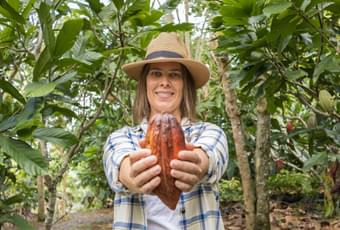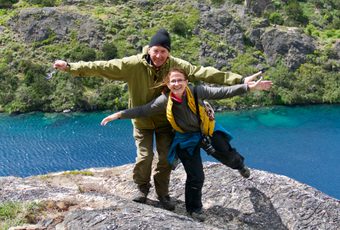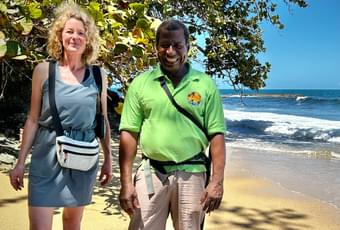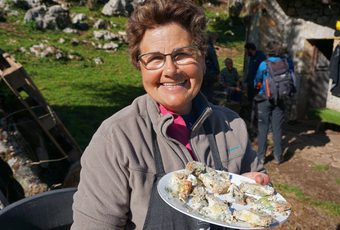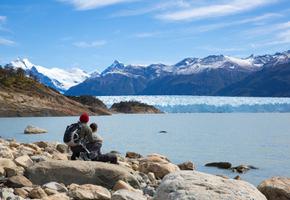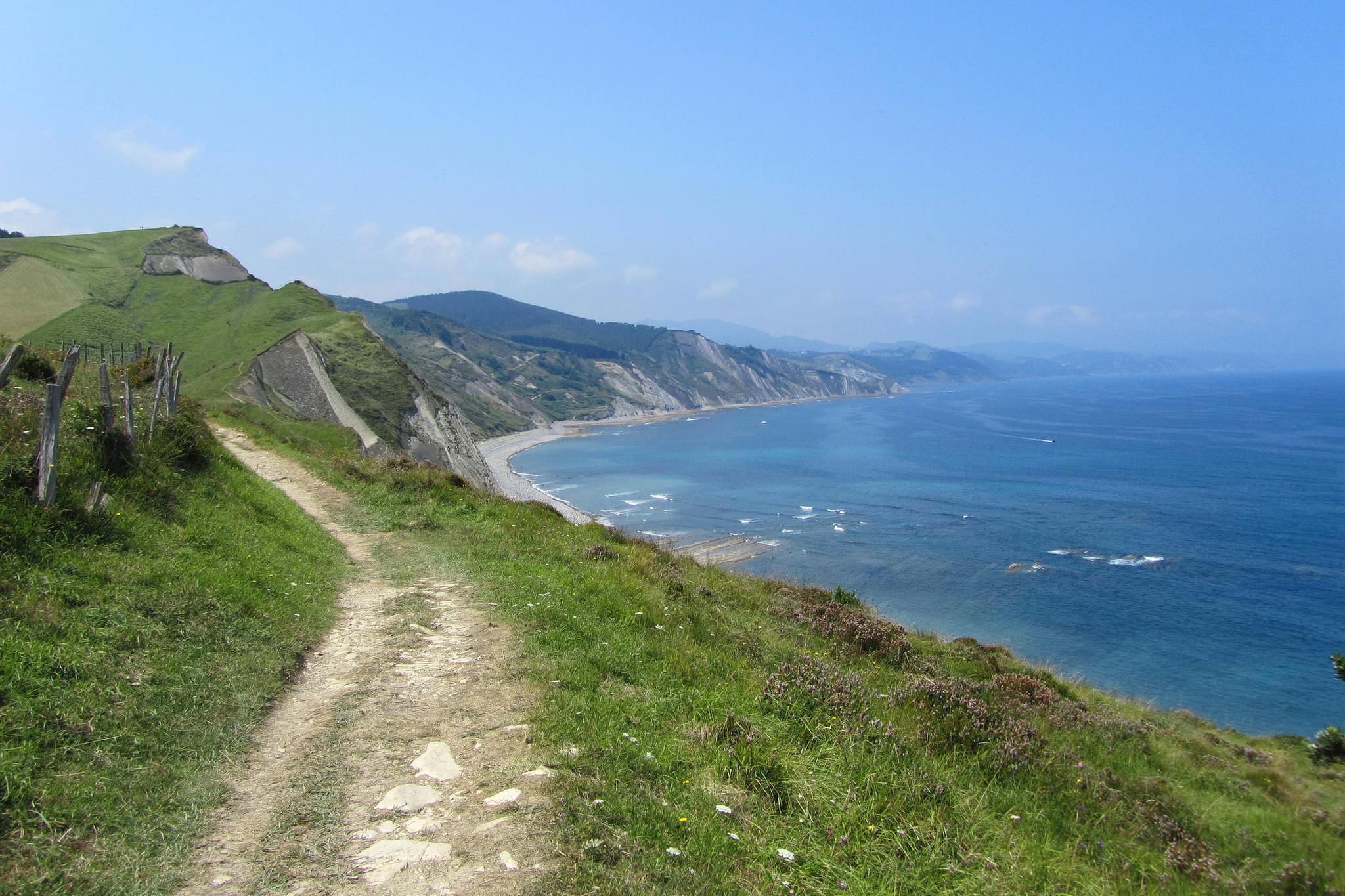
Basque Country Vacations

July & August
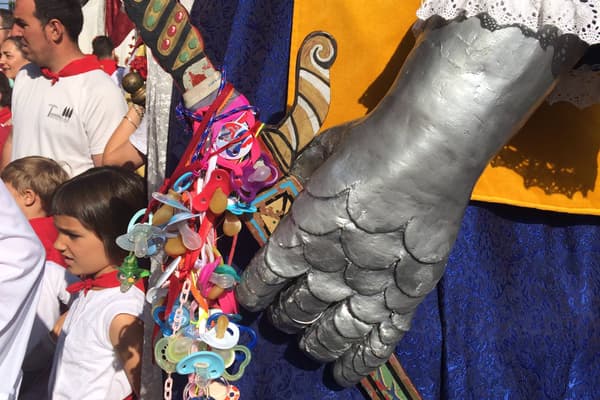
Summer vacatios
July and August
Whilst most flock to the south for their summer vacations, the unspoilt beaches of northern Spain - the Costa Verde (Green Coast) - are wonderfully quiet and far more beautiful. Temperatures are also much more comfortable up here than down there, even if you have to dodge the occasional drop of rain.
For families looking to juggle beach time with something a little more active, great local food and rich cultural heritage, we can’t really do better than the north of Spain. You have all of that at hand in the Basque Country, but things get even more interesting when you pair a week here with another in the mountains of the Picos de Europa or Spanish Pyrenees.
That’s canyoning, rafting, kayaking and mountain biking to get you all giggling and smiling, with quiet beaches, pintxos bars, fishing villages and lovely family-run hotels to relax and enjoy some well-earned downtime together.
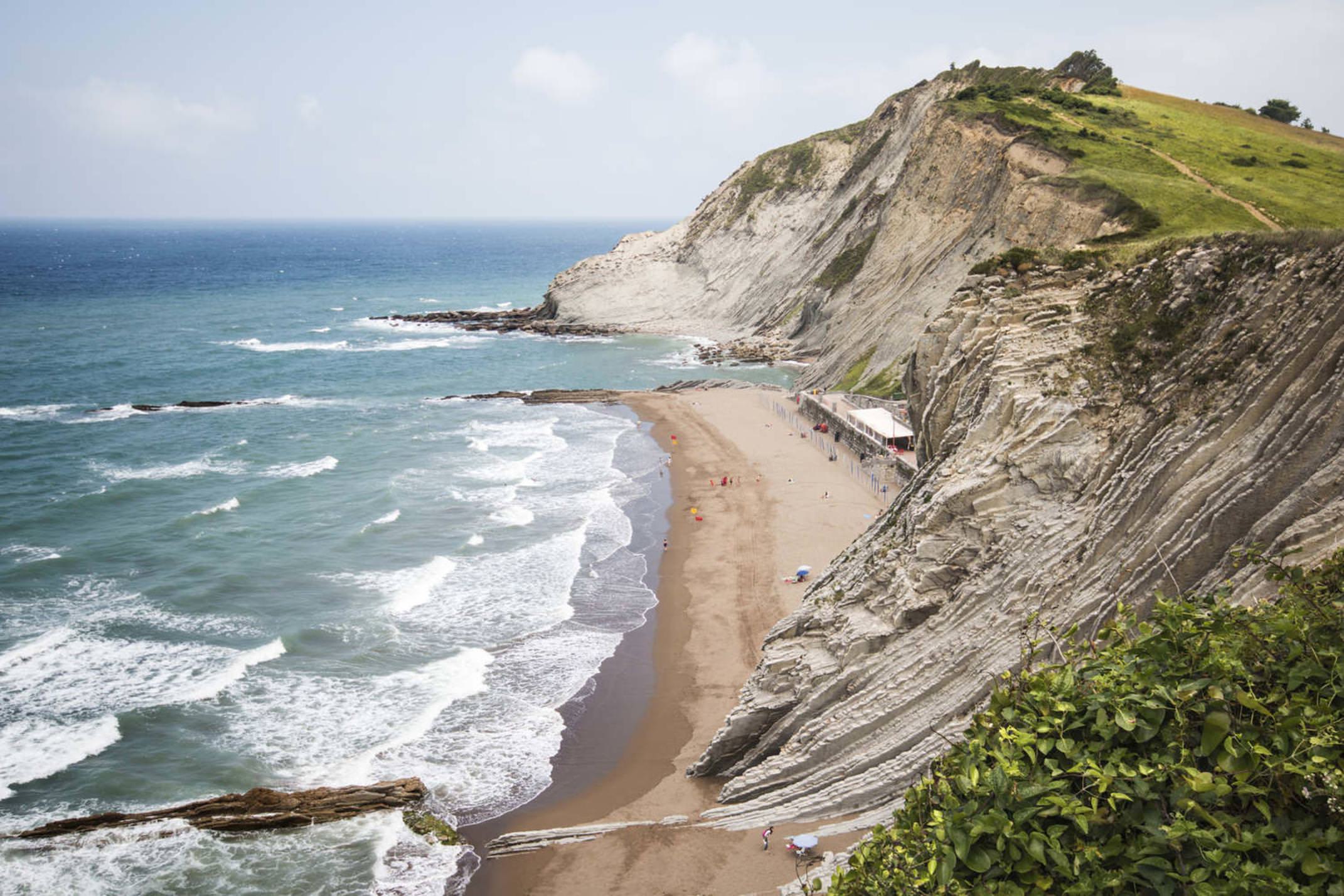
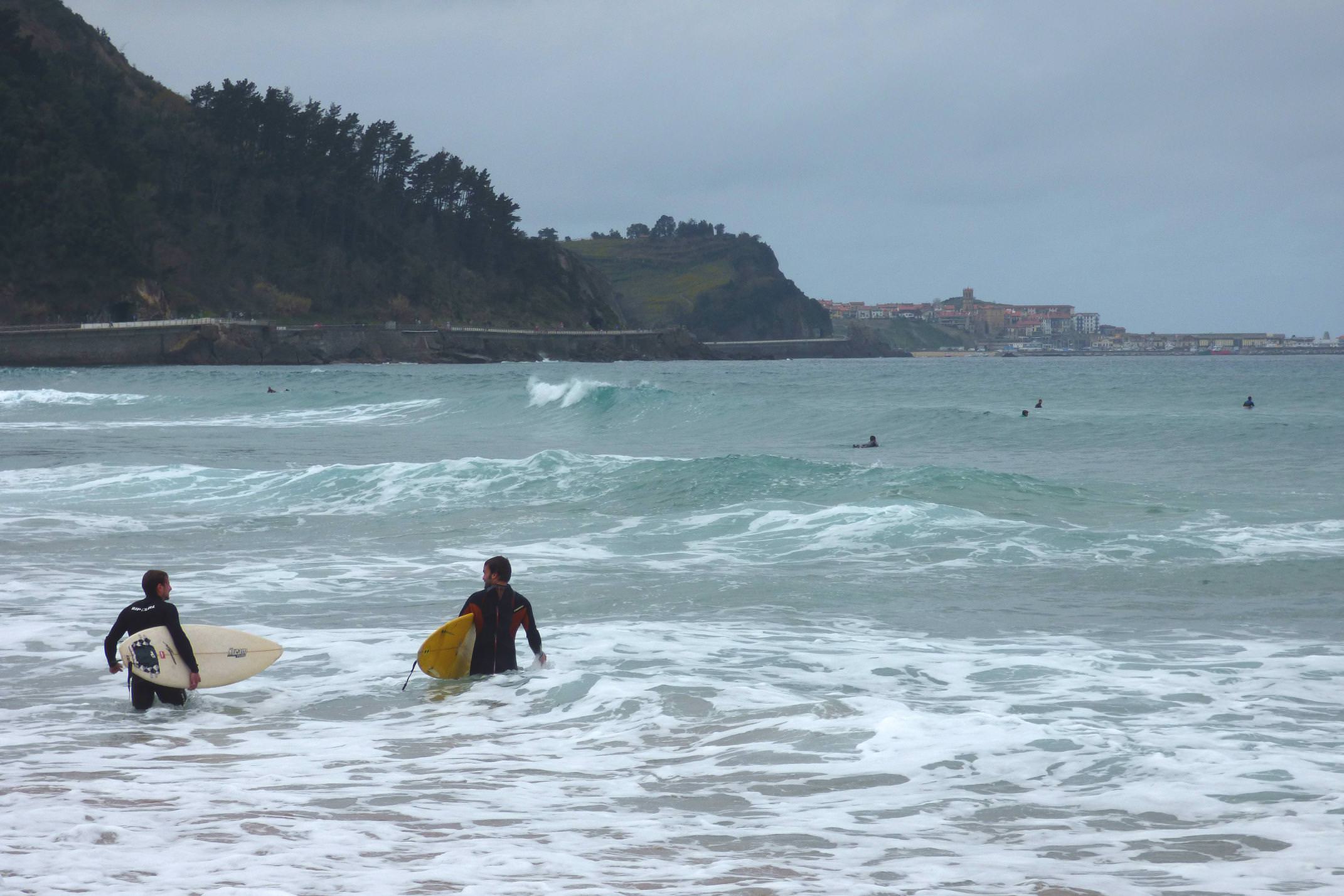
Pamplona’s San Fermín
July
As our very own Pamplona native and San Fermín veteran Xabi tells us, the annual Running of the Bulls festival requires a nuanced approach to do it justice.
In Xabi’s younger days, it was all about the locals, the bulls and a shared tradition. Now it’s a huge cultural event in danger of being swallowed up by tourist runners and drowned beneath an avalanche of social media posts.
Our approach steers you behind the scenes. We try to share local stories, first-hand perspectives from the good old days. We explain the history, the origins and what the festival means today. And we take you to watch the local children ‘cutting their teeth’ as they’re chased by the emblematic ‘Big Heads’ at the sanfermines de la mañana when most of the tourist visitors are still asleep.
Only then does the encierro truly make sense, no matter how Pamplonan it is in our modern world.
Trip idea: Basque Cultures & Cuisines: A Private Guided Journey
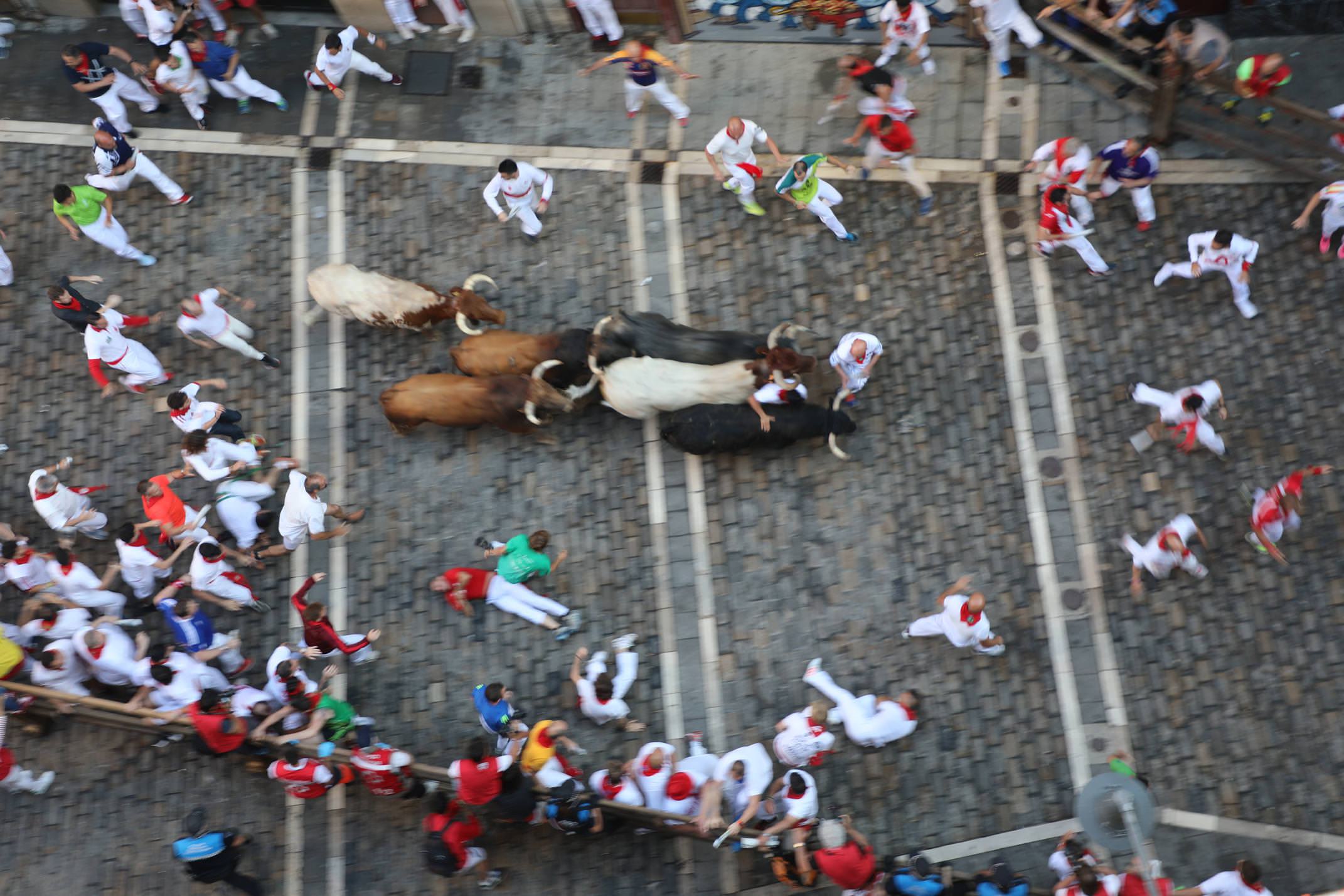
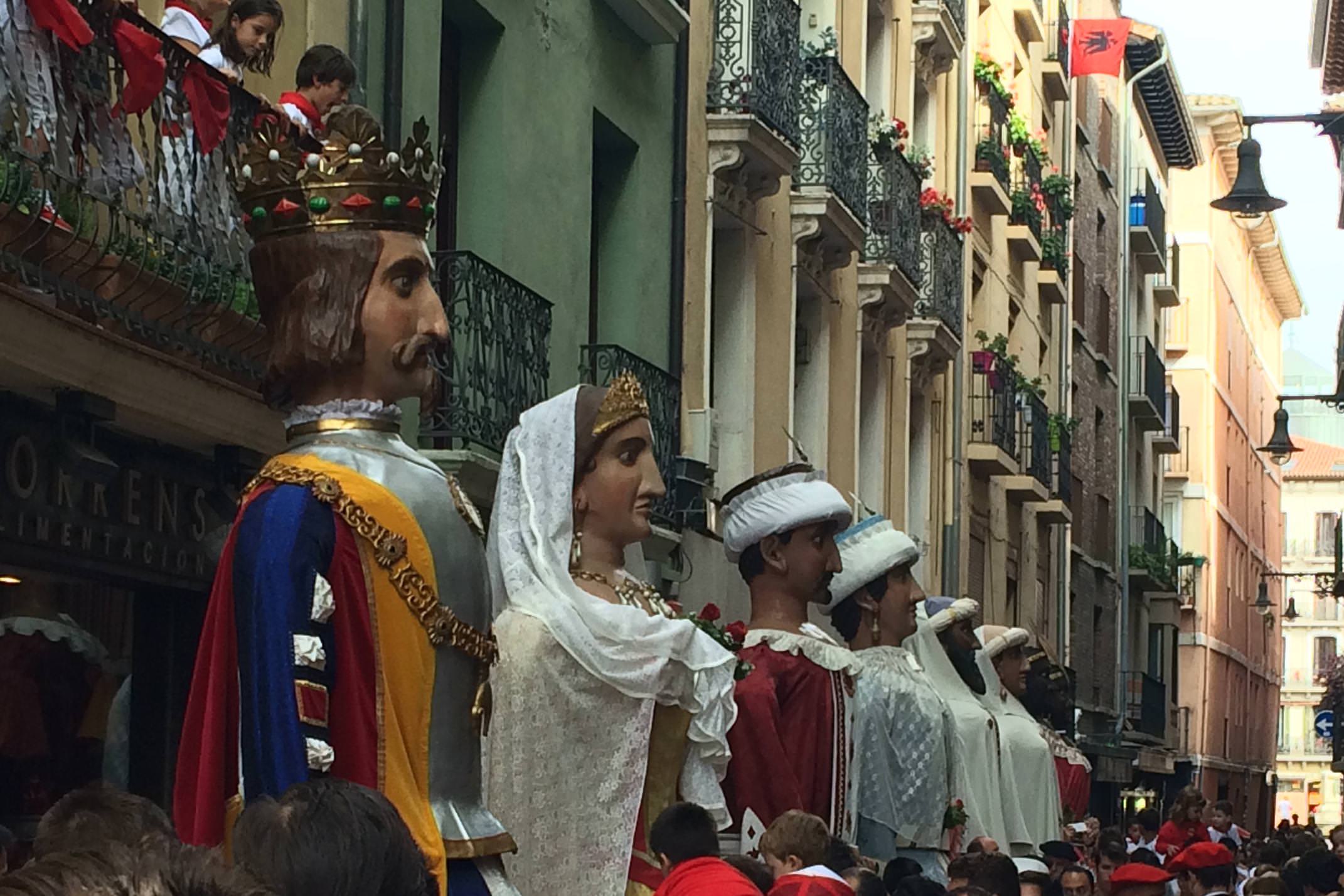
Travel with Pura Aventura
Exceptional Vacations
Best in class vacations, service, characterful hotels, lovely locals, food and beautiful walks - that's what our clients tell us they love about our vacations, as noted in the highest possible 5* Feefo Platinum Award.
Certified B Corp
We are one of the first UK travel companies to be certified B Corp – regarded by The Independent as the premier sustainability certification, and described by Which? as "meeting the highest standards of social and environmental performance".
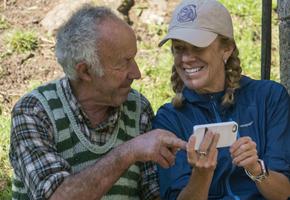
Award-winning Travel Positive
We are proud to have been recipients of awards from both Wanderlust and LUXLife for our sustainable Travel Positive initiative, that includes balancing carbon by 160%, and providing 1% of our revenue to the planet.

